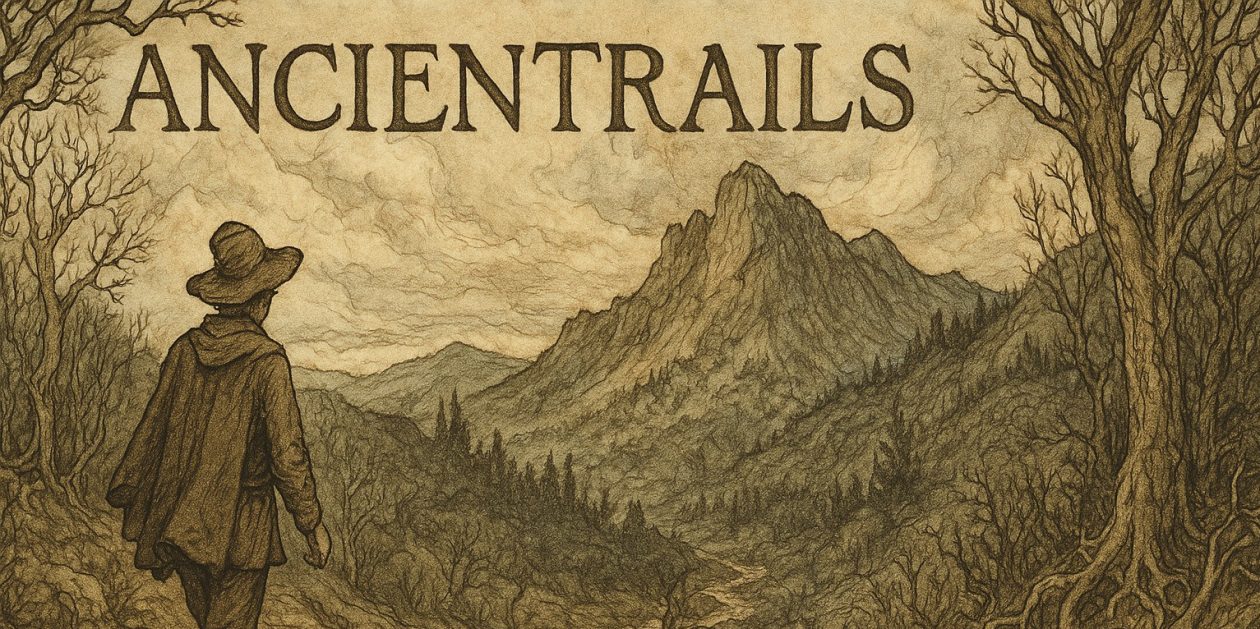Imbolc Cold Moon
In the early Celtic faith this day was a holy day and a market day, a cross quarter holiday that celebrated the freshening of the ewes. When the ewes became pregnant–lamb in the belly, in the belly=imbolc, they would once again have milk, adding some variety to a food supply that had been stable since Samhain or so, the last harvest.
Brigid, the Celtic triple-goddess of hearth, smithy and inspiration, all fire related–is the goddess honored on this holiday. She was, like so much of the old religions, hoovered up into Catholicism as St. Bridget, reportedly born of a good Christian woman and a Druid, thus straddling the transition from the old faith to the new.
She had a center at Kildare in Ireland, where the Catholics built cell dara, or cell/church of the oak. A great oak was there. This Cathedral of St. Bridget went up in 480 ad. That is very early, the Roman Empire was not quite dead. Even so, the followers of the Goddess had been there much longer, with 19 priestesses who kept lit an eternal flame. Catholic nuns dedicated to St. Bridget kept up this practice until the Reformation era.
“On February 1, 1807 Daniel Delany, Bishop of Kildare, began the restoration of the Sisterhood of St. Brigid. Their mission was to restore the ancient order and bring back the legacy and spirit of this amazing figure. In 1993, Brighid’s perpetual flame was finally re-kindled in Kildare’s Market Square by Mary Teresa Cullen, who at that time was the leader of the Brigidine Sisters. The sacred flame was kept by the Brigidine Sisters in their home and on February 1, 2006, the flame was brought back to the center of the Market Square where it has been permanently housed in a large glass enclosed vessel.” see website sourced above.
(Brigid’s fire temple)
There was, too, a holy well dedicated to Brigid, also in this same location. There are holy wells all over the Celtic lands, many dedicated to gods or goddesses, others revered as places for certain kinds of prayers, both blessings and curses. These wells have since ancient times been considered portals to Faery or to the Otherworld, thus offerings left by the wells honor those of Faery as well as those who have died. Dressing the well makes an offering at a holy well, i.e. surrounding it with flowers, plants, homemade things. The Celts also use strips of cloth tied onto tree or shrub branches as offerings in a fashion very similar to certain native american traditions.
Given Brigit’s triple orientation–hearth, smithy and creative inspiration–today is a day to celebrate domestic life where the fire of the kitchen activates the home, and the fire of the smithy where the tools and weapons of a life lived close to the land are shaped, and, finally, the inspiration which comes to each of us from the holy wells deep within our own being.
This is a time to stop, take a look at the home fires. How are they? It is also a time to think about the tools for gardening. Are they sharp and oiled, ready for the spring. Then, too, especially for those of us who rely on the mystery of creative inspiration, are you being careful to tend your inner well? Keeping it dressed and well-maintained?
